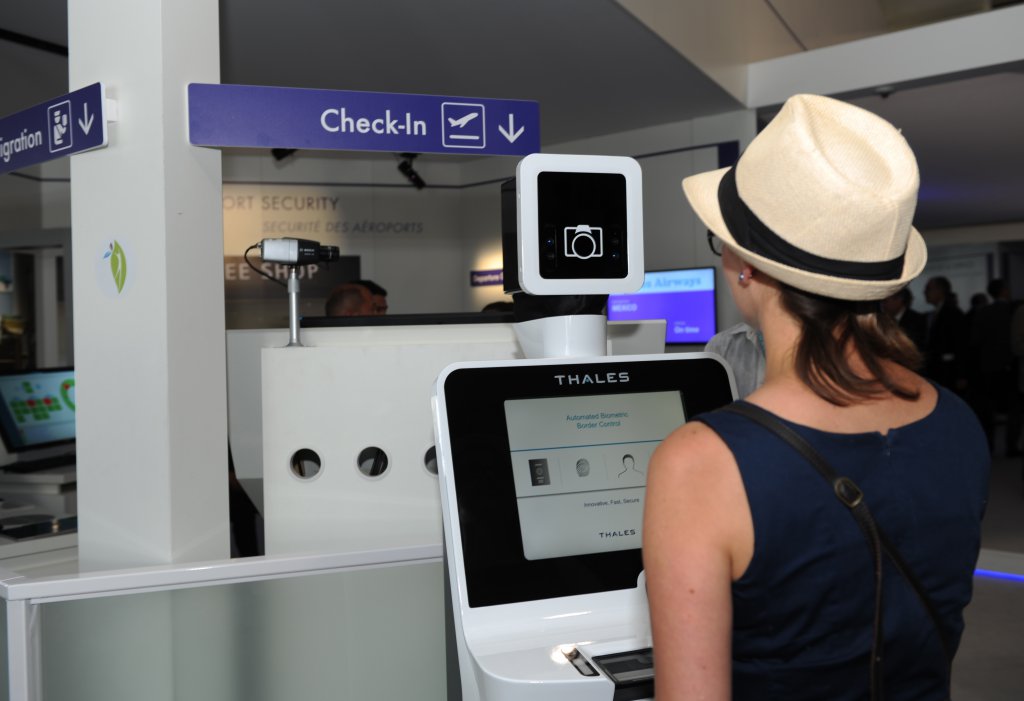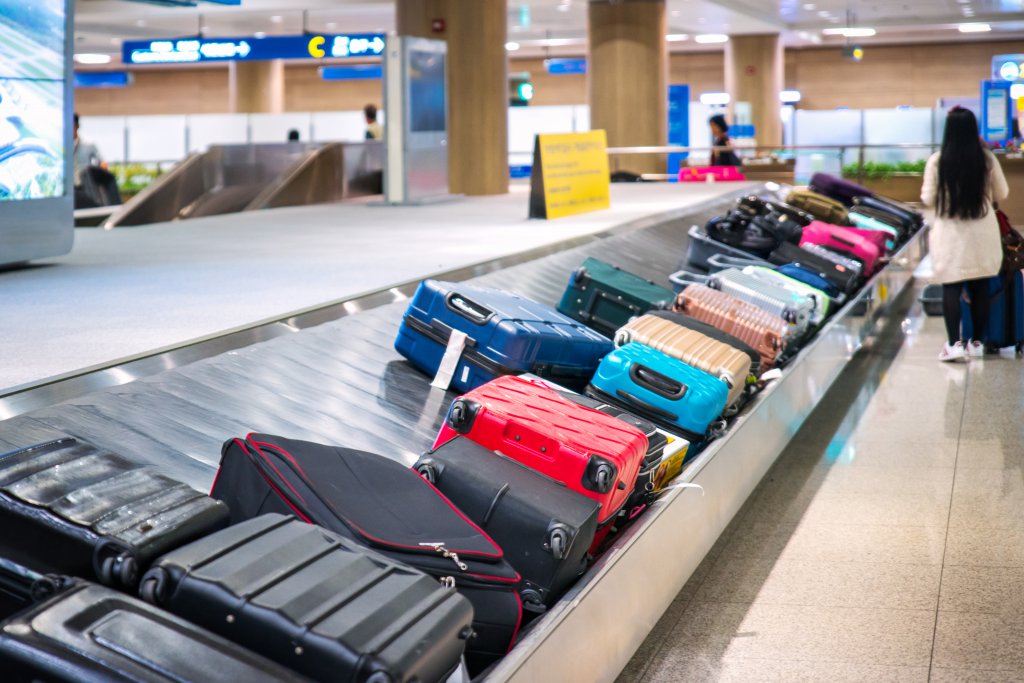
Singpore’s airports are smarter than they look. Source: Shutterstock
A peek into the digital transformation of airports
WHETHER you travel for business or pleasure, recent advancements in airports have definitely made life easier – especially for those crossing borders into another country.
Consider Singapore, Malaysia, and Indonesia for example, each international airport now has automatic immigration gates secured by biometrics. Singapore and Thailand have full-body scanners that make “frisking passengers” easier and safer.
However, those are just a few of the more apparent changes at airport pursuing modernization and hoping to provide a better experience to travelers. In fact, they’re developing their digital transformation roadmap in line with strategic planning activities to address key performance indicators across all areas of the airport operation.
According to a recent analysis of airports by Frost & Sullivan, increased passenger traffic and global capacity constraints will drive airport IT spending to US$4.63 billion by 2023.
“Capacity constraints coupled with unprecedented growth in aircraft and passenger traffic, as well as competition and the promise of new non-aeronautical revenue streams necessitate a transformation in airports’ value proposition,” said Renjit Benjamin, Senior Industry Analyst, Frost & Sullivan.
Digital transformation in airports is creating growth opportunities across the globe with renewed commitment to infrastructure modernization and expansion creating a dynamic environment.
In fact, many airports endeavor to develop solutions in-house with local expertise and partnerships.
Per the analysis, European airports are motivated to invest in digitalizing operations due to physical infrastructure constraints.
However, airports in the Asia-Pacific region are seen more open to innovation as a brand attribute and to enhance the airport experience.
Benjamin believes that airports must leverage emerging technologies to transition from a process-centric to a passenger-centric business model.
Frost & Sullivan’s analysis revealed some of the top technologies that are helping drive the digital transformation process in the airport environment:
Biometrics: Biometrics applications focus on border control, reducing bottlenecks by automating processes.
The technology is now being introduced across all touchpoints, in the form of identity management for self-service kiosks, aiming to create seamless passenger journeys.
In the future, passengers will submit biometric data (enrollment) at the first airport touchpoint and will only need to verify their identity in all subsequent originating airport touchpoints, with the possibility to further extend this facility at destination airport touchpoints.
While examples have already been discussed, the 2017 SITA Passenger IT Trends Survey shows that passengers rate their journey very highly when biometrics are used at airports to improve their experience.

Biometric security in action. Source: AFP
Blockchain: Blockchain technology, as a trusted network for storing biometric and other personal data, can be used to create secure and faster passenger journeys.
Blockchain could also prove to be the catalyst for a truly collaborative airport environment, among airport stakeholders that today work in silos.
Passengers may be willing to share even more data about themselves, in exchange for valued personalized services and products, while blockchain eliminates any security or privacy concerns.
SITA, for example, is trailing a blockchain solution in collaboration with International Airlines Group (IAG) and Heathrow Airport.
Called FlightChain, this joint research project retrieved data directly from the operational databases at SITA, British Airways, London Heathrow, Geneva and Miami Airport which was validated in a smart contract and then merged into a single set and stored on the blockchain.
This data is then shared among all parties. The blockchain contains the most up-to-date data to provide an authoritative reference for flight status.
Analytics: The data generated by various airport systems are collated and analyzed to provide historic, real-time and forecasted data that will empower the operator to take proactive steps to deal with peak operational periods and disruptions.
According to a survey by Unisys, airports are keen on investing in analytical solutions:
- 27% of those surveyed said they would use advanced analytics solutions to evaluate passenger flow
- 22% would use them for geolocation and wayfinding
- 22% would use them for airport operations and asset tracking
- 15% would implement the solutions to analyze passenger retail habits.
Artificial Intelligence: Artificial Intelligence (AI) is already been used in narrow passenger-related applications, from chatbots to predicting preferences and recommending suitable products/services in the information and pre-travel stages of the passenger journey.
It will be increasingly used in the e-commerce function of an airport, as well as in enabling operators to better manage airport spaces and allocating resources, according to optimized flow prediction models.
In fact, the technology is going to be crucial to airports who want to meet the International Air Transport Association’s (IATA) goal of being able to track each and every bag by June 2018.
According to a SITA report published in March, AI-powered machines will be able to track your bags from check-in right up to your destination, without human intervention.

There’s an enormous number of bags in an airport, and tracking them can save a lot of headaches for everyone. Source: Shutterstock
Data is at the core of modern travel
Among other growth opportunities, IT and airport system suppliers are focused on data monetization and predictive operations.
In fact, major suppliers are entering strategic partnerships and investing in innovative start-ups to fill capability gaps.
Companies that specialize in big data analytics and cybersecurity are increasingly being targeted by incumbents.
“As airports transition to a data-driven infrastructure, there will be considerable investment in data analytics, storage, and security products and services. The industry will also witness the growth of end-to-end data platforms that consolidate airport functions and processes,” concluded Benjamin.
READ MORE
- Ethical AI: The renewed importance of safeguarding data and customer privacy in Generative AI applications
- How Japan balances AI-driven opportunities with cybersecurity needs
- Deploying SASE: Benchmarking your approach
- Insurance everywhere all at once: the digital transformation of the APAC insurance industry
- Google parent Alphabet eyes HubSpot: A potential acquisition shaping the future of CRM




